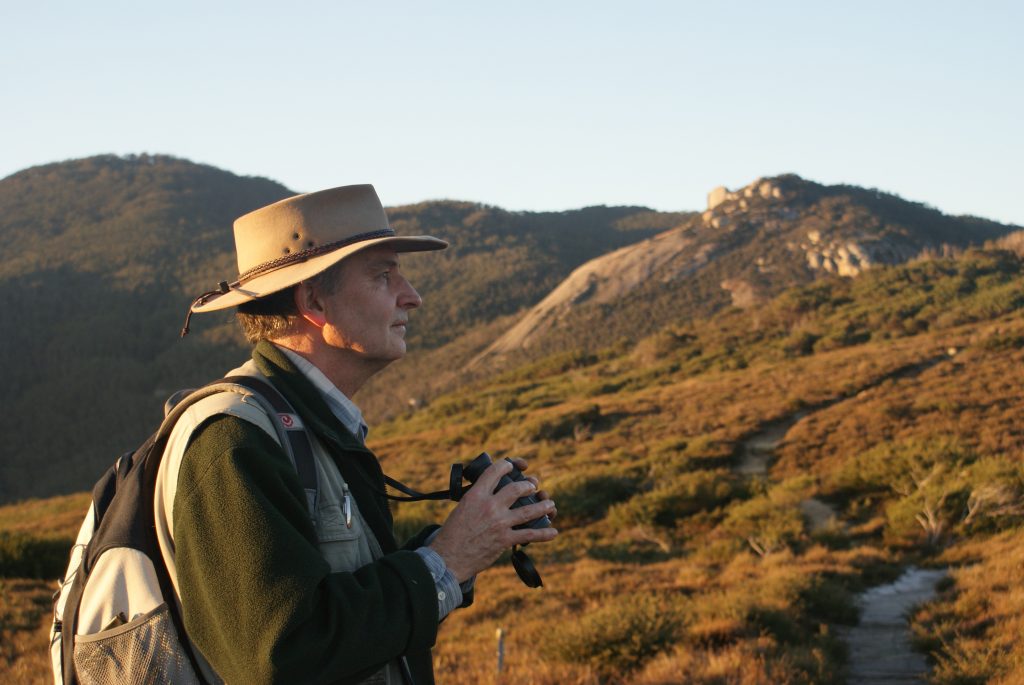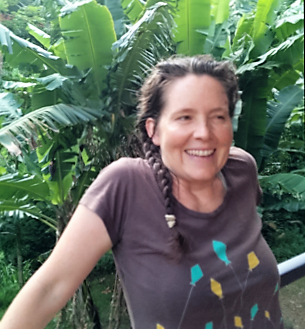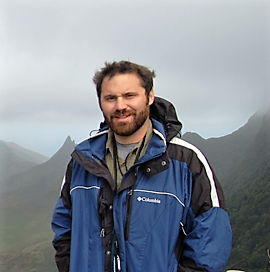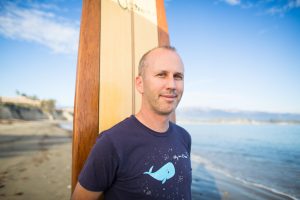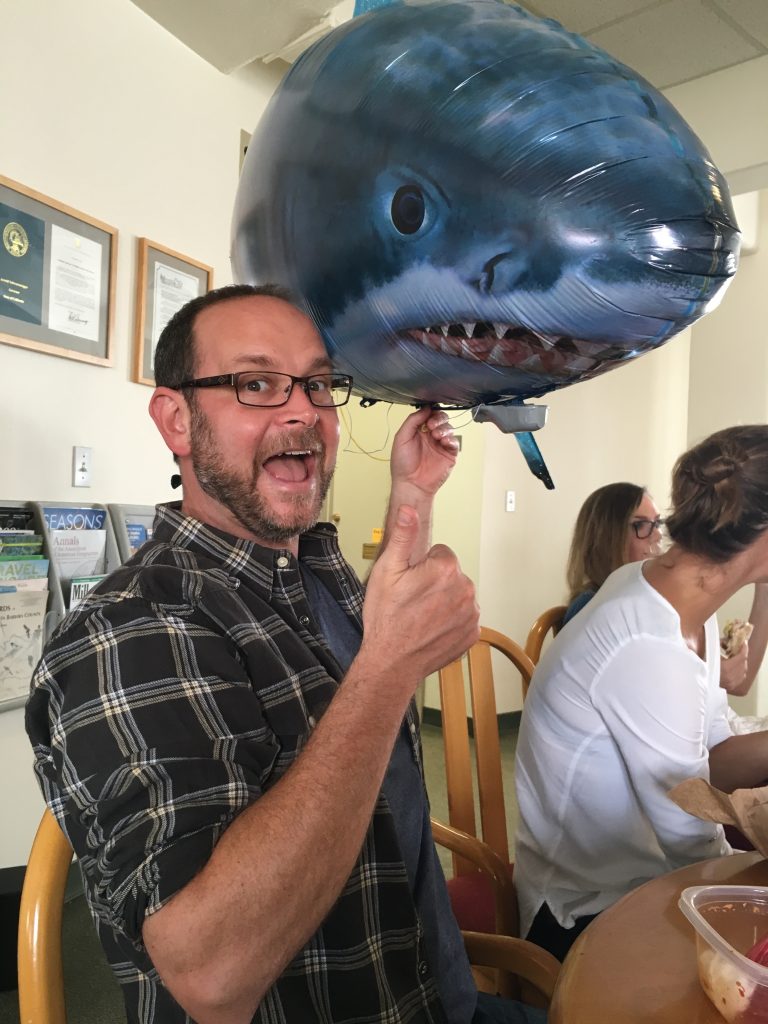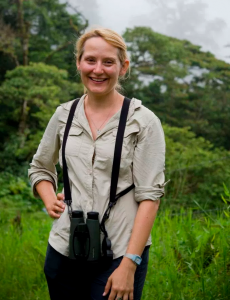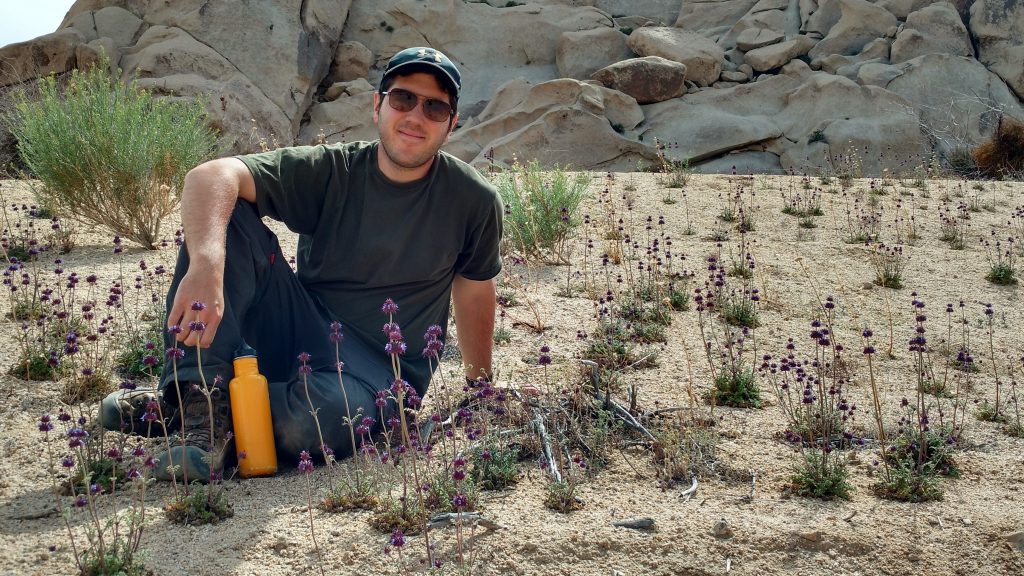NCEAS is a central hub for a diverse array of scientists and research. New researchers, including visiting and early career researchers (ECRs), are constantly coming in and out at various frequencies. However, larger cohorts of scientists stationed at NCEAS are no longer entering at one time, making it more difficult to track the exciting research and possible collaborations within the center. As part of addressing this new dynamic, the resident ECRs are proposing a simple, advice-based website that provides basic and clear information concerning everything from housing to setting up access to the NCEAS servers. It simply provides the fundamentals of what an incoming scientist will need/can do before moving to Santa Barbara and within the first couple weeks here. The ECRs will maintain most of the site, allowing us to modify the information quickly when new issues or ideas arise. The beta-version of the site will be discussed and feedback is most welcome!
Looking forward to the discussion!
Halley E. Froehlich
Rachael Blake
Jamie Afflerbach
Casey O’Hara
Heather Soyka
Colette Ward
Claire Runge

